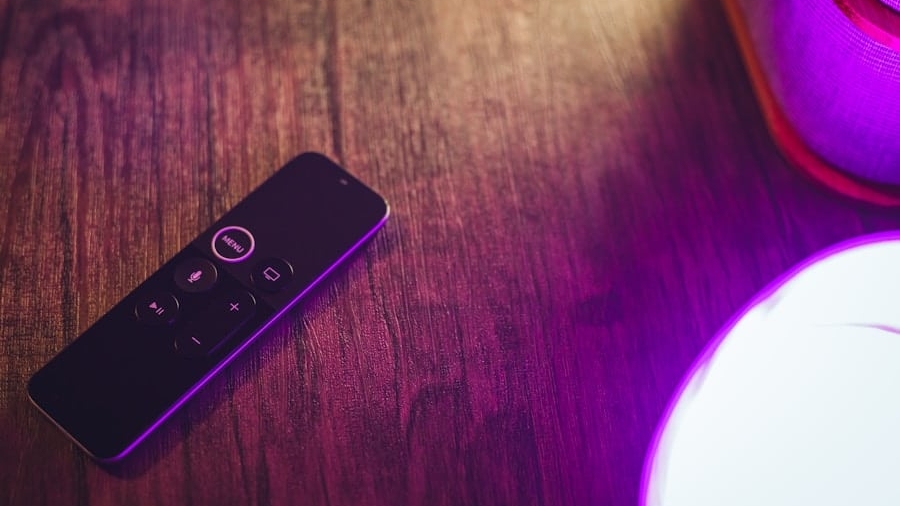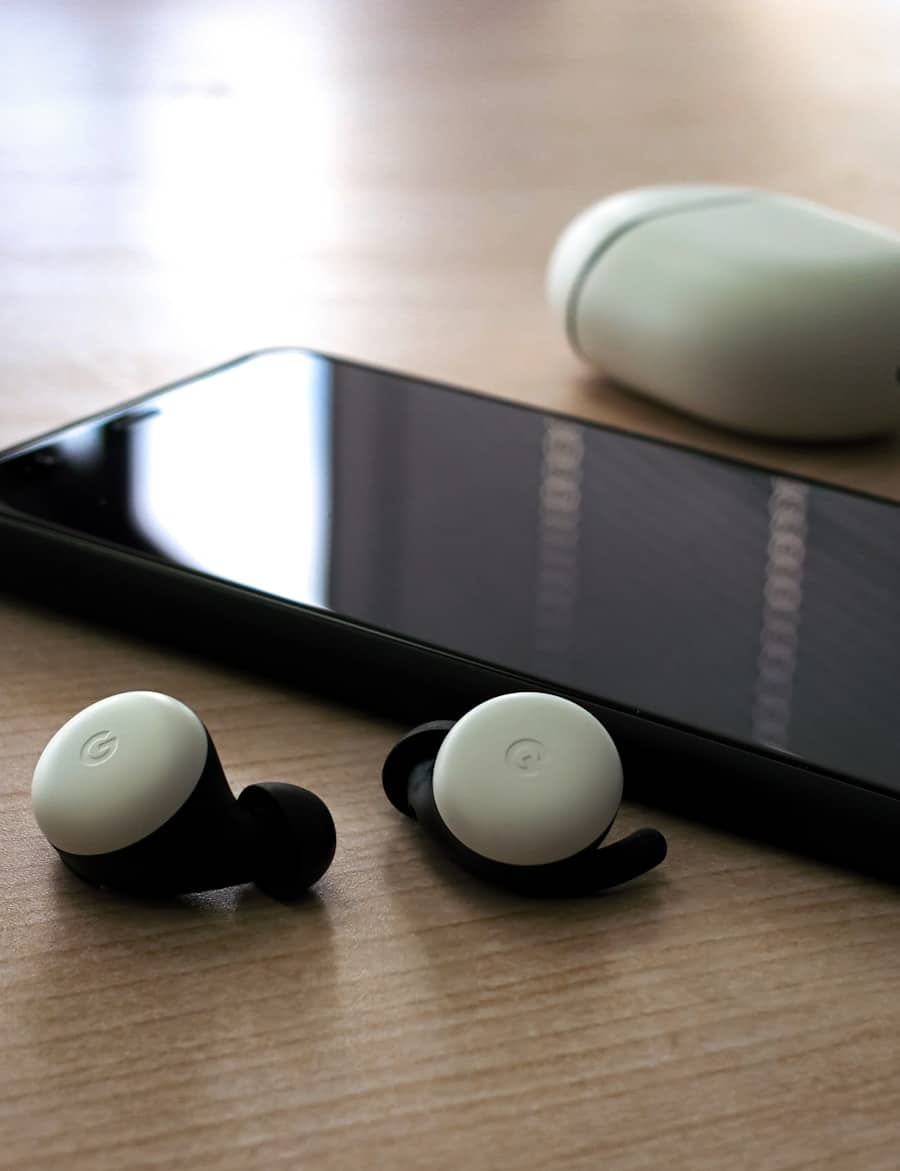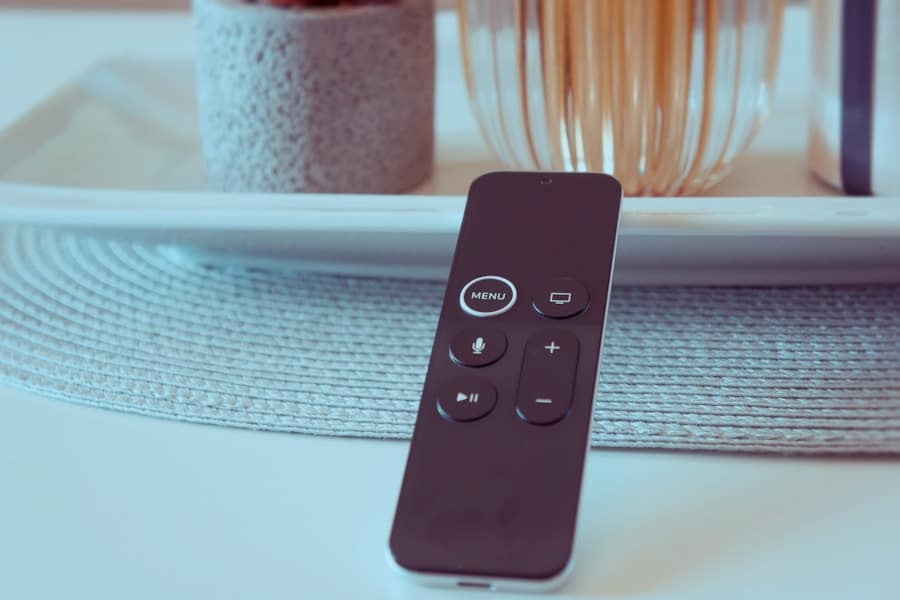The Internet of Things (IoT) represents a transformative shift in how devices communicate and interact with one another. At its core, IoT refers to the network of physical objects embedded with sensors, software, and other technologies that enable them to connect and exchange data over the internet. This interconnectedness allows for seamless communication between devices, leading to enhanced automation and control.
For instance, smart home devices such as thermostats, lights, and security cameras can be monitored and managed remotely, providing users with unprecedented convenience and efficiency. The rise of IoT has paved the way for innovative solutions that enhance everyday life, making it easier to manage various aspects of our homes and lifestyles. Universal remote technology complements the IoT landscape by providing a centralized control mechanism for multiple devices.
Traditionally, universal remotes were designed to operate various entertainment devices like TVs, DVD players, and sound systems. However, with the advent of IoT, these remotes have evolved to encompass a broader range of functionalities. Modern universal remotes can now control smart home devices, including lighting systems, smart locks, and even appliances like refrigerators and washing machines.
This integration simplifies user interaction by allowing individuals to manage all their devices from a single interface, reducing the clutter of multiple remotes and enhancing the overall user experience.
Key Takeaways
- IoT and universal remote technology allow for seamless control of various devices from a single platform
- When choosing an IoT universal remote app, consider compatibility, user interface, and available features
- Setting up your smartphone as a universal remote involves downloading the app, connecting to Wi-Fi, and adding devices
- Pairing your smartphone with IoT devices requires following the app’s instructions and ensuring proper connectivity
- Customizing your universal remote experience allows for personalized control and convenience for different scenarios
Choosing the Right IoT Universal Remote App
Compatibility is Key
Many apps are designed to work with specific brands or ecosystems, such as Google Home or Amazon Alexa. Therefore, ensuring that the one you choose can seamlessly integrate with your current setup is paramount. Additionally, reading user reviews and expert recommendations can provide valuable insights into the app’s performance and reliability.
User Experience Matters
Another critical factor to consider is the user interface and ease of use. A well-designed app should offer an intuitive layout that allows users to navigate effortlessly between different functions and devices. Features such as customizable layouts, voice control options, and automation capabilities can significantly enhance the user experience.
Customization and Personalization
For example, some apps allow users to create custom scenes or routines that automate multiple actions with a single command. This level of customization not only streamlines device management but also adds a layer of personalization that can make your smart home more responsive to your needs.
Setting Up Your Smartphone as a Universal Remote
Transforming your smartphone into a universal remote involves several straightforward steps that can be accomplished with relative ease. First, you need to download the chosen IoT universal remote app from your device’s app store. Once installed, the app will typically guide you through the initial setup process, which may include creating an account or signing in with existing credentials.
This step is essential for syncing your smartphone with your smart devices and ensuring that all functionalities are accessible. After setting up the app, the next step is to connect your smartphone to your home Wi-Fi network. This connection is vital as it allows your smartphone to communicate with other IoT devices within your home ecosystem.
Most apps will prompt you to select your Wi-Fi network and enter the password if necessary. Once connected, you may need to add your smart devices to the app manually. This process often involves selecting the type of device you wish to control and following on-screen instructions to complete the pairing process.
Some apps may also offer automatic discovery features that simplify this step by scanning for compatible devices on your network.
Pairing Your Smartphone with IoT Devices
Pairing your smartphone with IoT devices is a critical step in establishing a cohesive smart home environment. The pairing process can vary depending on the type of device you are connecting. For instance, when pairing smart lights or thermostats, you may need to put the device into pairing mode, which typically involves pressing a specific button or using a mobile app feature.
Once in pairing mode, your smartphone should detect the device, allowing you to complete the connection through the universal remote app. In some cases, pairing may require additional steps such as entering a unique code displayed on the device or confirming the connection through a notification on your smartphone. It is essential to follow these instructions carefully to ensure a successful pairing process.
Additionally, some devices may require firmware updates before they can be paired with your smartphone. Keeping your devices updated not only enhances their performance but also ensures compatibility with new features introduced in the universal remote app.
Customizing Your Universal Remote Experience
Customization is one of the most appealing aspects of using a smartphone as a universal remote. Many apps offer extensive options for tailoring the interface to suit individual preferences and usage patterns. Users can often rearrange device icons on their home screen for quick access or create custom labels for specific functions.
For example, if you frequently adjust your living room lights for movie nights, you can create a dedicated button that activates this scene with a single tap. Moreover, advanced customization features may include setting up automation routines that trigger multiple actions based on specific conditions or schedules.
This level of automation not only enhances convenience but also contributes to energy savings by ensuring that devices are not left on unnecessarily.
Troubleshooting Common Issues with IoT Universal Remotes
Despite their convenience, users may encounter various issues when using IoT universal remotes through their smartphones. One common problem is connectivity issues between the smartphone and IoT devices.
Restarting both devices can often resolve temporary connectivity glitches. Another frequent issue involves app performance problems such as lagging or crashing. In such cases, ensuring that both the app and the smartphone’s operating system are updated to their latest versions can help mitigate these issues.
If problems persist, clearing the app’s cache or reinstalling it may be necessary steps to restore functionality. Additionally, consulting online forums or support resources specific to the app or device can provide valuable troubleshooting tips from other users who have faced similar challenges.
Maximizing the Potential of Your IoT Universal Remote
To fully leverage the capabilities of your IoT universal remote, exploring advanced features offered by both the app and connected devices is essential. Many modern universal remote apps support voice commands through virtual assistants like Google Assistant or Amazon Alexa. By integrating voice control into your setup, you can manage devices hands-free, making it even more convenient to adjust settings or activate routines while multitasking.
Furthermore, consider exploring integration with other smart home ecosystems or platforms that enhance functionality. For instance, linking your universal remote app with home security systems can allow you to monitor camera feeds or receive alerts directly through the app interface. This interconnectedness not only streamlines device management but also creates a more cohesive smart home experience where all elements work together harmoniously.
Advantages and Limitations of Using a Smartphone as a Universal Remote
Using a smartphone as a universal remote offers numerous advantages that enhance user convenience and control over smart devices. One significant benefit is portability; smartphones are ubiquitous in modern life, allowing users to manage their smart home from virtually anywhere within range of their Wi-Fi network. This capability means that users can check on their homes while away or make adjustments remotely without needing multiple physical remotes.
However, there are limitations associated with relying solely on smartphones for universal remote functionality. One notable drawback is battery dependency; if your smartphone runs out of battery power or experiences technical issues, access to your smart devices may be compromised until the phone is charged or repaired. Additionally, while many apps offer robust features, they may not support every device on the market due to compatibility constraints or proprietary technologies used by certain manufacturers.
In conclusion, while smartphones provide an innovative solution for controlling IoT devices through universal remote apps, users must navigate both advantages and limitations inherent in this technology. By understanding how to set up and customize their experience effectively while being aware of potential issues, users can maximize their smart home capabilities and enjoy a more integrated lifestyle.
If you’re interested in turning your smartphone into a universal remote using IoT, you may also want to check out this article from Recode. They cover a wide range of technology news and may have additional insights on how IoT can enhance your home entertainment experience.
FAQs
What is IoT?
IoT stands for Internet of Things, which refers to the network of physical devices, vehicles, home appliances, and other items embedded with electronics, software, sensors, actuators, and connectivity which enables these things to connect and exchange data.
How can a smartphone be turned into a universal remote with IoT?
By using IoT technology, a smartphone can be connected to various smart devices such as TVs, air conditioners, lights, and more, allowing the smartphone to control these devices remotely.
What are the benefits of turning a smartphone into a universal remote with IoT?
The benefits include convenience, as users can control multiple devices from a single interface, and the ability to automate and schedule tasks, leading to energy savings and improved efficiency.
What are some popular IoT platforms for turning a smartphone into a universal remote?
Popular IoT platforms for this purpose include Apple HomeKit, Google Home, Amazon Alexa, and Samsung SmartThings, among others.
Are there any security concerns with using a smartphone as a universal remote with IoT?
Yes, there are potential security risks associated with IoT devices, including unauthorized access to the network and data breaches. It’s important to use strong passwords, keep software updated, and use reputable IoT platforms to minimize these risks.



